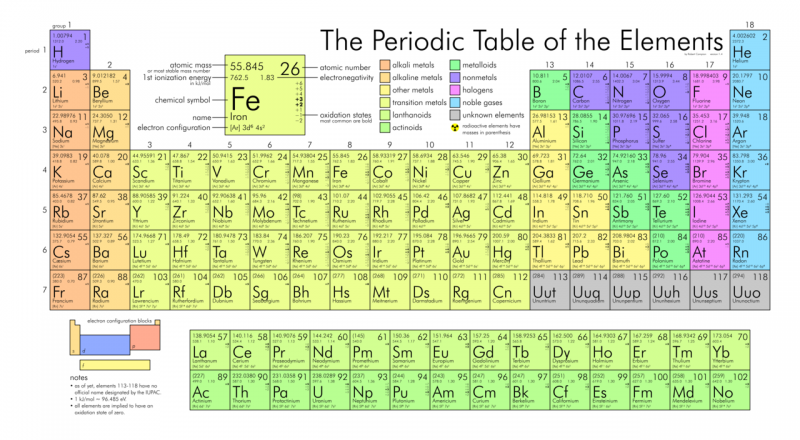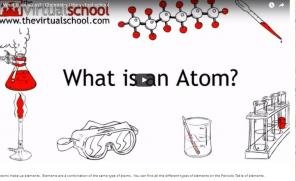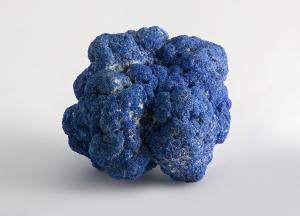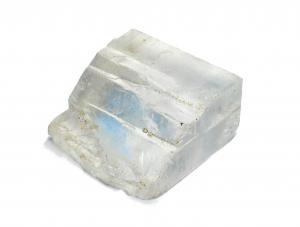Now that we understand the process of science and some of the tools we are going to use throughout this course, it is time to move on and begin our study of the Earth. In order to understand many of the processes that the Earth goes through, we need to understand what the basic building blocks of everything are. We call these basic blocks, atoms. Atoms are extremely small and made up of protons, neutrons, and electrons. Atoms are the smallest units of an element. This video can visually explain what atoms are.
Atoms make up elements. Elements are a combination of the same type of atoms. You can find all the different types of elements on the Periodic Table of elements.

Elements make up minerals. Minerals can be made up of just one element type, like gold (Au), or a combination of elements like salt. Salt's mineral name is actually Halite and is made up of two elements, sodium and chloride (NaCl). Some minerals are very complex like Azurite which has an elemental formula like this: Cu3(CO3)2(OH)2 The elements copper, carbon, oxygen, and hydrogen, when bonded together make up the mineral azurite.
In order for a substance to be classified as a mineral, there are rules that it must follow:
- Must be inorganic (not made from living matter).
- Must have occurred naturally (cannot be man-made).
- Must be a solid.
- Must have a definite structure and composition.
- Must be made out of an element or a compound.
Demonstrate that you understand what a mineral is by completing the Mineral or Not a Mineral assignment.
If you are a Snowflake HS, Heber HS, or Holbrook HS click here to access the Student Version
Purchase the Mineral or Not a Mineral at Teachers pay Teachers for $0.50.












